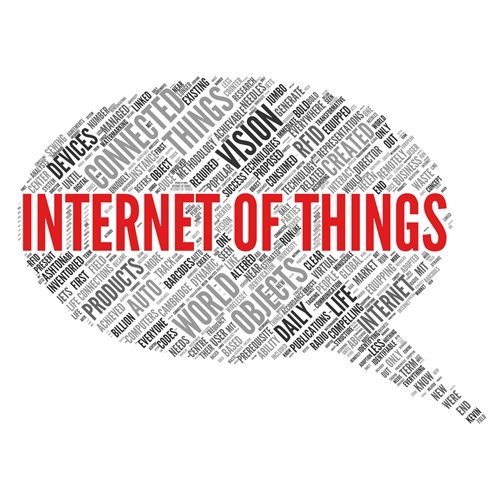In the past several years, the Internet-connected mobile device has revolutionized the ways in which organizations operate on a large scale, enabling workers to function with the same level of fluidity and power in remote locations as they would have in the office. Although BYOD and enterprise mobility were still very new movements only a few years ago, the world has taken to the capabilities entailed therein on a broad scale, leading to what is now known as the Internet of Things.
IoT is essentially used to describe the vast diversity and volume of Internet-connected mobile devices that are now relatively common throughout industries, regions and sectors, while some organizations have embraced the trend a bit more aggressively than others. This does not only apply to smartphones and tablets, but also everything from Internet-connected cars and wearable devices to baby monitors and beyond.
The potential applications of this trend in virtually every industry are boundless, while industrial manufacturers, health care providers and others have already started to implement relevant strategies to get the most out of the technology available to them. However, it is worth noting that IoT would be all but impossible to manage without the help of automated solutions, and that companies which try to deploy one without the other might struggle.
Content management, data capture and other automation tools need to be considered when expanding the breadth of devices and applications, as IT departments will rarely be able to handle the amount of work that needs to go into managing and overseeing it all. As more organizations begin to embrace IoT, scaling up automation deployments will likely be a necessity to keep a close handle on all of the data and activity that will be generated therein.
The glue
Terry Costlow, writing for Automation World, recently explained some of the ways in which industrial sector firms are tackling the management demands of IoT, affirming that the volume and diversity of connected equipment are accelerating in the current market. In many ways, industrial sectors are among the best-suited to IoT, as so much of the work being done takes place in remote locations, or on the manufacturing floor where cubicles are not exactly a common ornament.
Even in other areas that do include traditional workspaces such as accounting and human resources, IoT can be leveraged to improve the ebb and flow of document management and information in general. According to Costlow, mobile devices such as tablets and smartphones have already helped to make lives easier in the industrial sector, while the next big push appears to be firmly related to integration of these items into wireless networks.
This is where matters can get a bit tricky, as the devices need to have access to wireless, speedy networks to be truly effective, but security, interoperability and myriad other challenges can cause deployments to hemorrhage. Costlow stated that some experts believe more decision-makers are going to realize the dangers of using these devices without any form of significant control, and that this will directly stimulate growth and evolving solutions.
When looking at these types of issues, it should be clear that automation can quickly be implemented to smooth out the oversight and monitoring processes, as well as certain aspects of network management. Furthermore, automation in other areas of the business can have indirect, positive impacts on the core operations.
Thinking outside the box
One of the most fundamentally special aspects of automation is the ability to reduce the amount of labor that needs to go into repetitive and arduous tasks such as data entry. Yes, the direct financial benefit is a reduction in paid hours, as well as stronger productivity across the board. However, with IoT entering into the equation, there are going to be plenty of tasks and responsibilities that will not be able to be completed by automation tools.
This is to say that managers, supervisors, decision-makers and IT departments will have their hands full with these deployments, and covering some of the more traditional aspects of oversight and management with automation tools can make a big difference. For example, if one or more members of the IT department are spending two hours a day on data-entry or standard configuration tasks that could be handled by automated tools, that will be less time to focus on strategic planning and oversight measures.
At the end of the day, automation can make any organization a bit more intelligent, as well as productive and efficient, when used properly and managed in a progressive fashion. Technologies will continue to become more complex – and critical – as it enters new industries and evolves amid growing demand. Getting prepared with the support tools available such as e-invoicing and content management automation can mean the difference between striking out and hitting a home run.






